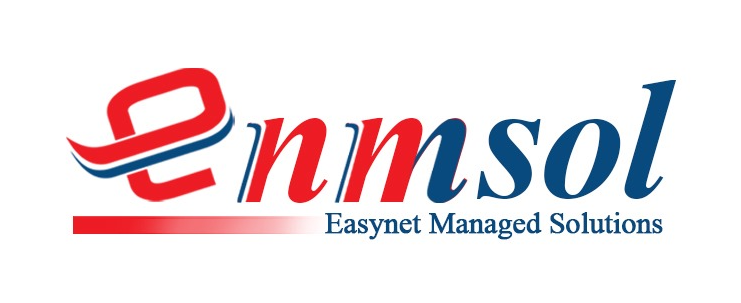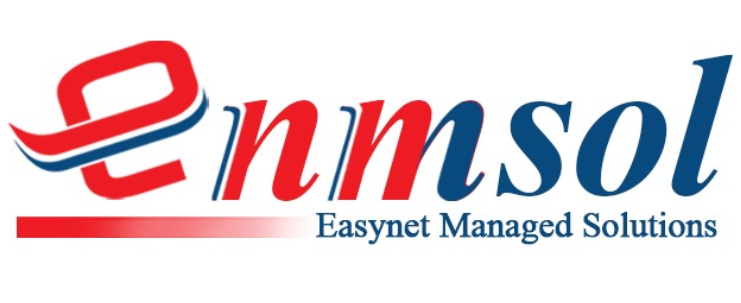Multiple Vulnerabilities in Microsoft Products: An Urgent Call for Action
In the digital era, software vulnerabilities are a persistent threat to cybersecurity, and even tech giants like Microsoft are not immune. Recent reports highlight multiple vulnerabilities across various Microsoft products, underscoring the critical need for vigilant cybersecurity practices. This article explores these vulnerabilities, their potential impact, and the essential measures for mitigation.
Overview of Vulnerabilities
- Operating Systems (Windows 10, Windows Server)
- Privilege Escalation: Flaws allowing attackers to gain elevated access rights, potentially compromising entire systems.
- Remote Code Execution (RCE): Vulnerabilities enabling attackers to execute arbitrary code remotely, often without user interaction.
- Microsoft Office Suite (Word, Excel, Outlook)
- Macro Exploits: Malicious macros embedded in documents can execute harmful code when files are opened.
- Phishing Attacks: Exploitation through email attachments and links leading to credential theft and malware distribution.
- Azure Cloud Services
- Configuration Issues: Misconfigurations in cloud settings exposing sensitive data and services to unauthorized access.
- APIs and Interfaces: Vulnerabilities in APIs potentially allowing data breaches and unauthorized operations.
- Microsoft Exchange Server
- Zero-Day Exploits: Newly discovered, unpatched vulnerabilities exploited by attackers to access email communications and sensitive information.
- Authentication Bypass: Flaws allowing attackers to bypass authentication mechanisms, gaining unauthorized access to mailboxes.
Potential Impact
- Data Breaches and Theft:
- Sensitive Information Exposure: Unauthorized access to confidential data, including personal information, financial records, and intellectual property.
- Identity Theft: Stolen credentials can lead to identity theft, financial fraud, and further exploitation in social engineering attacks.
- Operational Disruptions:
- System Downtime: Exploits causing systems to crash or become unresponsive, disrupting business operations and services.
- Ransomware Attacks: Vulnerabilities can be leveraged to deploy ransomware, encrypting data and demanding ransom for its release.
- Financial and Reputational Damage:
- Mitigation Costs: The financial burden of responding to breaches, including forensic investigations, legal fees, and system restoration.
- Loss of Trust: Repeated vulnerabilities and breaches can erode customer trust and damage a company’s reputation
- Data Breaches and Theft:
Mitigation Stratergies
1.Regular Patch Management:
-
-
- Timely Updates: Ensure all systems and applications are regularly updated with the latest security patches. Microsoft frequently releases updates through its Patch Tuesday initiative.
- Automated Patch Deployment: Utilize automated tools to manage and deploy patches across all devices, reducing the window of vulnerability.
- Enhanced Security Measures:
- Multi-Factor Authentication (MFA): Implement MFA to add an extra layer of security beyond passwords, reducing the risk of unauthorized access.
- Advanced Threat Protection (ATP): Deploy advanced security solutions that provide real-time threat detection and response capabilities.
- User Awareness and Training:
- Phishing Awareness: Educate users about the risks of phishing and how to identify suspicious emails and links.
- Safe Practices: Promote best practices for cybersecurity, including the use of strong passwords, cautious handling of email attachments, and regular data backups.
- Regular Security Audits and Penetration Testing:
- Vulnerability Assessments: Conduct regular security audits and vulnerability assessments to identify and remediate potential weaknesses.
- Penetration Testing: Engage in penetration testing to simulate attacks and evaluate the effectiveness of existing security measures
-
Conclusion
The discovery of multiple vulnerabilities in Microsoft products serves as a stark reminder of the ever-present cybersecurity challenges. While Microsoft continuously works to address these issues, it is imperative for users and organizations to adopt proactive measures to safeguard their systems. Regular updates, robust security practices, user education, and continuous monitoring are essential components of a comprehensive defense strategy against these evolving threats. By staying vigilant and informed, we can mitigate the risks and protect our digital environments from exploitation.
Author









